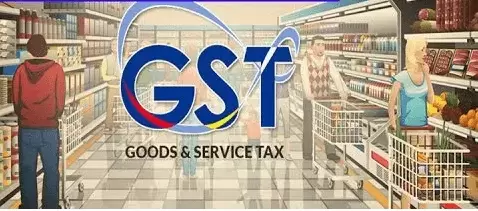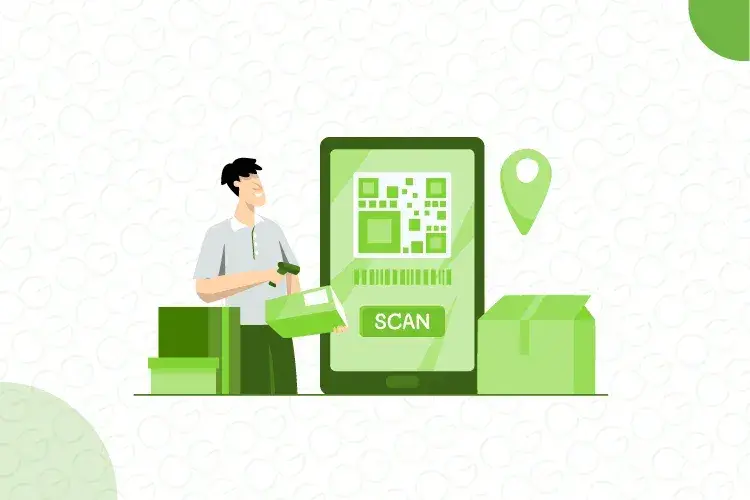Impact of Goods and Service Tax on the FMCG sector

The main inspiration behind the implementation of a modern Goods and Service Tax (GST) is to alleviate the problems of India’s current indirect system which poses a serious threat to the formation of a single common market and further economic growth and on July 1st GST has become a reality in India.
Overall the FMCG market evoked a mixed response with some viewing it as positive, while others have expressed their disappointment. Beverage companies have been placed in the highest tax slab of 28 percent and will also attract a cess of 12 percent. This in turn is expected to have a negative ripple effect and hurt the entire ecosystem of farmers, retailers, distributors, and bottlers in India and is expected to limit the growth of the beverage industry. The GST rates for major FMCG products are lower compared to their current tax rates and this applies mainly to commonly used products like hair oil, toothpaste, and soap. The exclusion of products like jaggery, cereals and milk has been hailed as beneficial for the food processing industry. The main positive talking point about the implantation of GST in the FMCG sector is the fact that before this, they had to pay taxes like VAT, Service Tax, Excise Duty, Central Sales Tax but with onset of GST law, all the above taxes have been covered under one single point of tax in the form of GST.
Another area where the FMCG sector stands to gain is in the form of saving considerable amount of expenses on logistics. Distribution costs before the implementation of GST was around 2-7% of the total cost and this is expected to drop to 1.5% with the arrival of GST across India.



